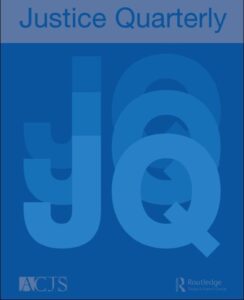-

Michael Rempel
-
Sarah Picard

Sarah Picard
-

Warren Reich
This study suggests relying on summary risk scores alone to decide on treatment options for an important, hitherto under-emphasized, subpopulation of drug court participants may be leading to counter-productive outcomes. For the purposes of the study, 265 New York City drug court participants completed two commonly-used risk and needs assessments: the Level of Service Inventory—Revised, and the Texas Christian University Drug Screen II. By examining the pattern of responses used to compile the summary scores, rather than only the scores themselves, study authors statistically identified three distinct groups of participants. One group was distinguished by the confluence of an extensive criminal history, severe mental health issues, and substantial interference in major life-roles from substance use. While members of this group produced a higher summary risk score than those with an extensive criminal history but no mental health or life-role interference issues, they were no more likely to be re-arrested at 24 months and no higher in their rate of positive drug tests. Moreover, placing these participants in a highly-restrictive residential setting—the course of action indicated by their risk scores—increased their rate of re-arrest. Instead, the study’s findings suggest this population might benefit more from intensive case management or referral to suitable treatment in addition to standard drug court treatment programs.
